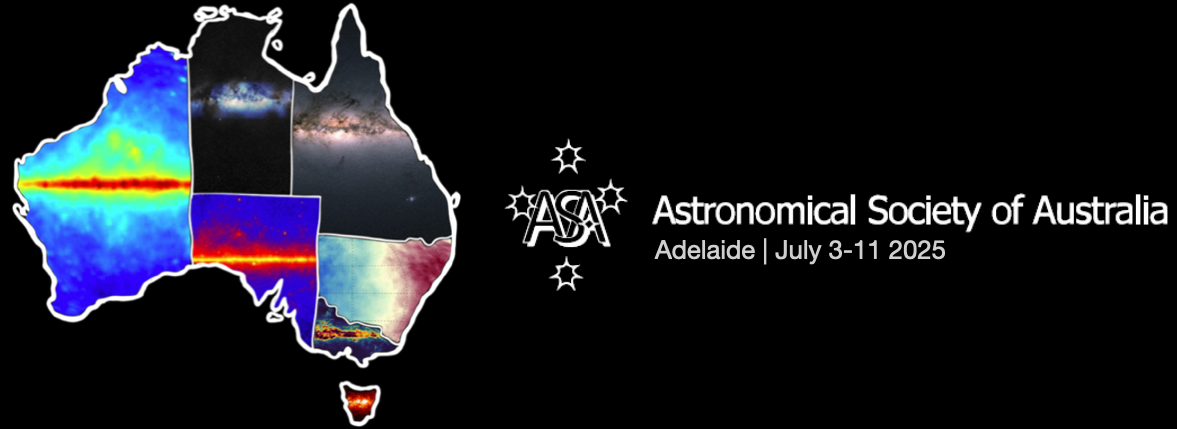For the first time ever, it is possible to obtain well sampled lightcurves of fast transients, with a plethora of data provided by a range of telescopes. In particular, TESS has a unique fast cadence that allows us to observe transients during the rise, and decay after peak brightness. With TESS alone our understanding of these fast transients is limited due to the lack of colour information....
The enormous spectroscopic datasets from current astronomical surveys provide an unprecedented opportunity to explore the stellar populations of the Milky Way and its surroundings. The largest surveys range from several million stars (e.g., LAMOST) to the roughly quarter-billion stars observed with Gaia XP spectra. These survey data are generally at low or moderate spectroscopic resolutions,...
The Aperture Array Verification Systems (AAVS), developed between 2014 and 2024 by a large international collaboration between the SKA Organization/SKAO and partner institutes and Universities, were a critical steppingstone in the path to SKA-Low. Originating from the need to validate novel antenna designs, signal processing systems, and station-level infrastructure for SKA-Low, they...

